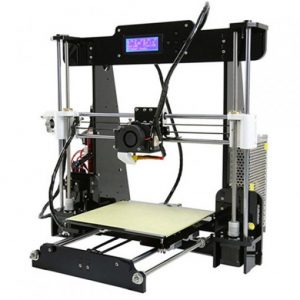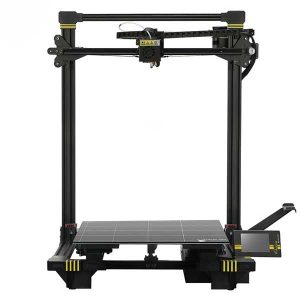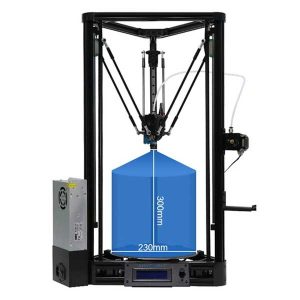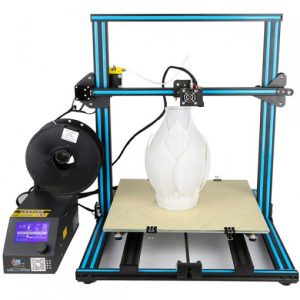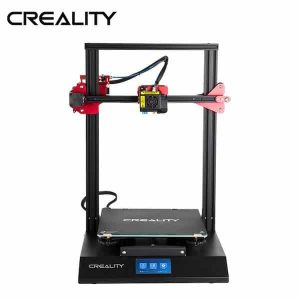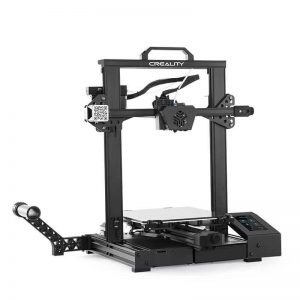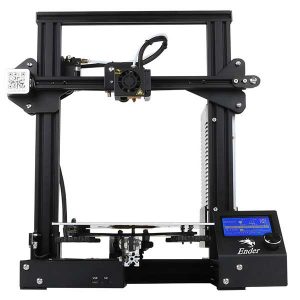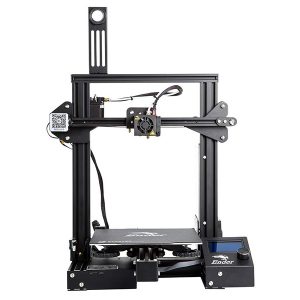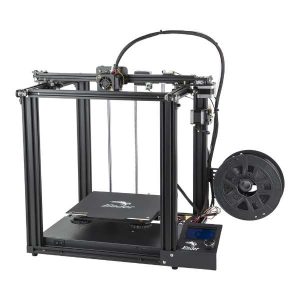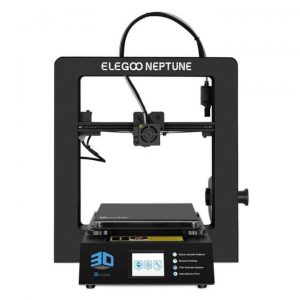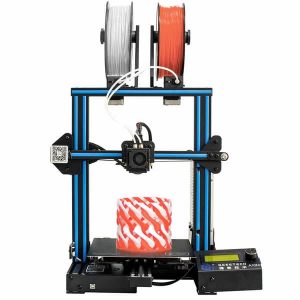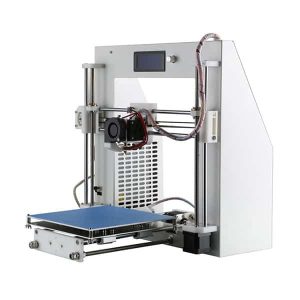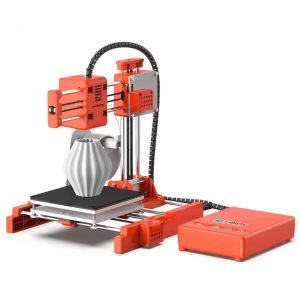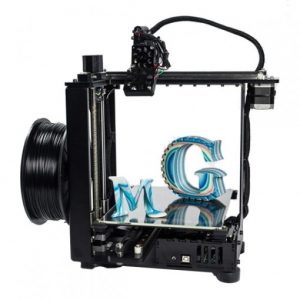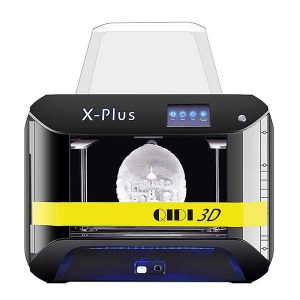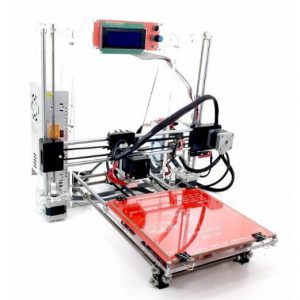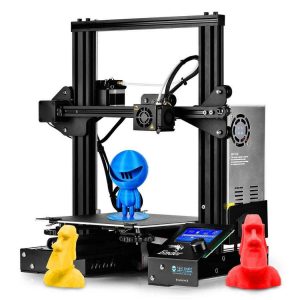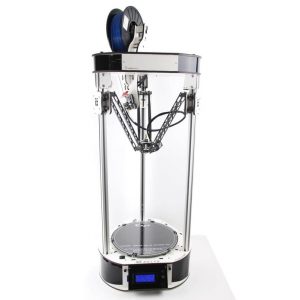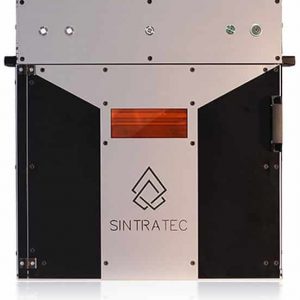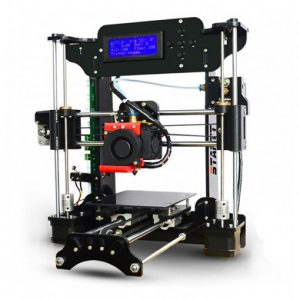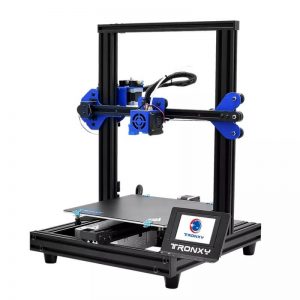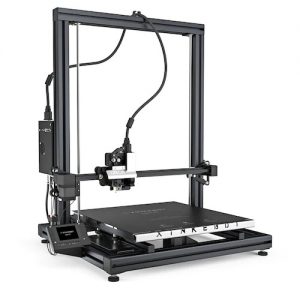3D Printers
Filter
Showing all 26 results
PROS:
- Anet A8 makes up for a very affordable 3D printer kit.
- It is a capable 3D printer if compared with other 3D printers in the same price range.
- You can modify Anet A8 in the future.
- There are many enhancements available with Anet A8 in the future.
- The printer can provide you a great learning experience about FDM 3D printing.
CONS:
- The assembly instructions of this printer lack luster.
- The user interface of this printer is not as smooth as others.
- Manual calibration is something that can be a pain.
- The printer is not aesthetically pleasing.
PROS:
- Overall, the cabling and general appearance of this printer are neat and tidy. There is a drag chain housing that consists of a thermistor, temperature probe, both fans and leveling probe cables, all these things are organized and the only projection from the hot end being the PTFE filament guide tube
- The Anycubic Chiron brings particular delight with its large build area of 400 x 400 x 450mm
CONS:
- Notable is the fact that while unwinding this printer there are reports of screw falling out will the tapes that you try to remove to unwrap the printer
- This printer does not give you the best start, considering the included quality control card has a huge “Pass” stamp
PROS:
- The print quality is amazing
- Works great with PLA
- Affordable
- Great customer support
- Various upgrades available
CONS:
- It's difficult to level the bed
- No automatic leveling
- No wifi support
PROS:
- Large build space
- Reliability
- High Accuracy
- Sturdy Aluminium frame
- Great Print quality
CONS:
- It requires a huge space for accommodation
- Drooping because of Capricorn Bowden Extruder
PROS:
- The printer has a single-point fix in time, easy leveling with auxiliary leveling modes.
- CR-10S Pro uses an imported blue Teflon tube, with high-temperature resistance that makes the feeding soother and improves the printing quality.
- The double gear extrusion mechanism of this printer has a large extrusion to make sure that the feeding takes place smoothly.
CONS:
- The extruder is awkwardly placed.
PROS:
- Super silent 3D printing.
- User-friendly.
- High precision printing.
- 5 minutes setup.
- All-metal body leading to stability and durability.
- Easy to assemble as well as maintain.
- Premium design compared to other printers by the same manufacturer.
CONS:
- Filament loading is tricky.
- Onboard settings are a little sparse.
- A Bowden extruder can be a little more problematic than a Direct-drive extruder.
Best price
PROS:
- The 3D printer is highly affordable
- With the manual provides, the assembly of the machine is comparatively easy.
- It comes with a sufficient enough print volume
- The printer is completely open-source
- The print quality is admirable; Compact design
CONS:
- User may find slight difficulty in leveling the bed
- The machine requires manual calibration
- The bed may need re-leveling often, increasing the possibility for failed prints
PROS:
- It is a budget friendly 3D printer
- Semi-assembled. Hence, easy to set up
- Offers generously sized build volume
- Compact design, suitable for home users
- Satisfactory print quality
- Based on open-source design. Hence, open to upgrades
- Compatibility with multiple filaments
CONS:
- Manual print bed leveling is a bit complex, especially for beginners
- Difficult to print with brittle filament
- Takes around two hours from unpacking to set up
PROS:
- Easy to assemble
- Provide amazing prints
- Can print fast without compromising the quality of the prints
- Removable magnetic build surface
- Open-source
- Affordable
CONS:
- Filament loading may seem difficult
- Manual print bed leveling
PROS:
- The 3D printer is simple to setup
- You can achieve high-quality print quality
- Compatible with a variety of materials
- Comes with titan extruder
- It has the glass carbide build plate
- Enough space for printing
- Includes necessary accessories to complete the setup and start 3D printing
- The SD card has the Elegoo Cura
CONS:
- Bed Leveling isn’t that easy
- Not assembled
PROS:
- Auto-bed leveling.
- Amazing print speed.
- Extraordinary print quality.
- Considerable build volume.
- Titan extruder.
- 32- bit motherboard.
CONS:
- The non-moving print head makes it difficult to make certain intricate parts and functional prototypes.
PROS:
- Automatic bed leveling.
- Colour mixer.
- Dual extruder system.
- Filament Sensor.
CONS:
- The printer has an open system because of which temperature generation could be an issue, especially while printing with materials such as ABS.
PROS:
- Precise prints
- Decent speed
- Heated bed
- Multiple material support
- Compatible with Cura
- Affordable
CONS:
- Difficult to assemble
- Manual calibration
- Open frame
PROS:
- Removable magnetic build plate.
- Preloaded slicing software.
- Low power consumption.
- Ready to print, pre assembled.
- Fast heating.
- High precision.
- Silent working mode.
CONS:
- Low build volume.
- Printing with PLA only.
- Non uniform heating.
- Irregularities on surface of the 3D printed part.
PROS:
- Reliable
- Open-source design
- Upgradable
- High precision
- Fast Speed
- Heated bed
- Four Point Bed leveling system
CONS:
- Costly for beginners
- Manual bed leveling
- Limited build space
PROS:
- Affordable
- Open Source
- Huge Online Community
- Exceptional print results
- Colour LCD screen
- Compact
- Easy to Setup
- Automatic bed leveling
CONS:
- Limited build space
- Optional filament sensor upgrade
- No power recovery
PROS:
- The 3D printer can work with multiple filaments
- The build volume is more than sufficient for most of the applications
- It creates precise and accurate 3D models
- Easy to set up and beginners friendly
CONS:
- Poorly Translated Documentation and Customer Service
- The touch screen may also respond slowly in some cases
PROS:
- It is affordable
- Heated build plate
- Amazing customer support
- Great print quality
CONS:
- Assembling required
- Manual calibration
Best price
PROS:
- Large Build Volume.
- Fast Heating.
- Negligible clogging and warping.
- Resume Print function.
- Top-quality control features.
- Compatibility with Multiple filaments.
CONS:
- Open body 3D printing causes uneven heating, which if not monitored, leads to a rough surface finish in the printed parts.
PROS:
- Huge build volume.
- Universal 3D printer.
- Lasercut frameworks and high-quality injection molded parts.
- Easily changeable nozzle.
- High torque generating NEMA motors.
- Fast print speeds.
- Borosilicate glass build plate.
CONS:
- Assembling Rostock Max V2 is a pain in the ass, especially for beginners.
- With patience, users also need lots of parts to put the printer together.
PROS:
- High print speed.
- Good quality of parts and functional prototypes.
- Allows printing with Nylon.
CONS:
- No built-in camera.
- No user interface touch screen.
PROS:
- Decent prints with PLA
- Interchangeable nozzles
- Affordable
- Easy to follow guide
CONS:
- Manual bed leveling
- Needs assembly of components
Best price
PROS:
- Heated glass bed in the printer makes removing objects easy, also ensuring a consistent print surface.
- Contoured large knob guarantees perfect leveling of the printer which minimizes user input making evening out the bed less difficult.
- Massive print area makes it possible to print tall or wide objects.
- The electrical component of printer houses wires and power generator against the frame which gives them more stability.
- Durable, metal frame will not warp and provide immense strength to the printer to keep it away from moving when printing at top speed.
- Gantry-style structure of the printer keeps the print area open while printing large objects.
- Sunlu S8 is equipped with power interruption sensors.
- XYZ stops prevent the entire unit from hitting the ends of the frame, thereby disrupting evenness.
- If the filament that you are using for 3D printing parts or functional prototypes is missing or broken, you get an alert.
CONS:
- Some 3D printed objects may turn out brittle. This may happen especially when creating intricate objects using Sunlu S8.
- The printer is loud, as reported by some users and causes a metallic ring as it operates.
PROS:
- Affordable
- Manual as well as Automatic bed Leveling Available
- Proximity Sensor
- No Flex Z Gantry
- Reliable
- High print quality
- Multiple material support
CONS:
- Limited Build Space
- Not quite enough
- Lack of proper bed adhesion
PROS:
- Quickly assembled.
- Considerable build volume.
- Filament runout sensor.
- Resume print function.
CONS:
- The bed-holding binder clips will get in the way of the extruder moving along the plate for measuring the outer rim.
PROS:
- Automatic bed leveling
- Filament run-out sensor
- Fully color display
- Newly designed electronics
- Removable magnetic extruders
- Multi filaments compatible
CONS:
- The open body of the printer would not let it accumulate a lot of temperature in a short span of time as closed body printers would.

